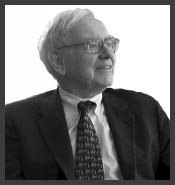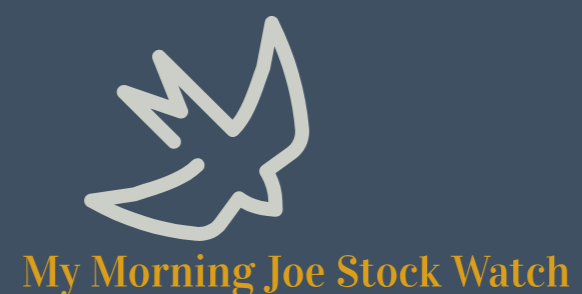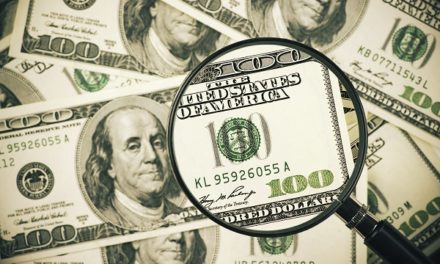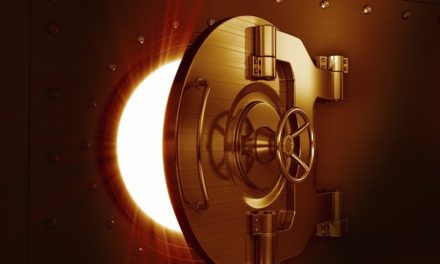
“Only buy something that you’d be perfectly happy to hold if the market shut down for 10 years.”
— Warren Buffett
A key lesson we can learn from Warren Buffett, is about how to think about a potential stock investment in the context of a long-term time horizon. Every investor in a stock has a choice: bite our fingernails over the short-term ups and downs that are inevitable with the stock market, or, zero in on stocks we are comfortable to simply buy and hold for the long haul — maybe even a ten year holding period. Heck, investors can even choose to completely ignore the stock market’s short-run quotations and instead go into their initial investment planning to hold on for years and years regardless of the fluctuations in price that might occur next.
Today, we examine what would have happened over a ten year holding period, had you decided back in 2015 to buy shares of Bank of New York Mellon Corp (NYSE: BK) and simply hold through to today.
| Start date: | 01/08/2015 |
|
|||
| End date: | 01/07/2025 | ||||
| Start price/share: | $39.61 | ||||
| End price/share: | $77.96 | ||||
| Starting shares: | 252.46 | ||||
| Ending shares: | 324.25 | ||||
| Dividends reinvested/share: | $11.80 | ||||
| Total return: | 152.79% | ||||
| Average annual return: | 9.71% | ||||
| Starting investment: | $10,000.00 | ||||
| Ending investment: | $25,274.51 | ||||
As shown above, the ten year investment result worked out well, with an annualized rate of return of 9.71%. This would have turned a $10K investment made 10 years ago into $25,274.51 today (as of 01/07/2025). On a total return basis, that’s a result of 152.79% (something to think about: how might BK shares perform over the next 10 years?). [These numbers were computed with the Dividend Channel DRIP Returns Calculator.]
Many investors out there refuse to own any stock that lacks a dividend; in the case of Bank of New York Mellon Corp, investors have received $11.80/share in dividends these past 10 years examined in the exercise above. This means total return was driven not just by share price, but also by the dividends received (and what the investor did with those dividends). For this exercise, what we’ve done with the dividends is to assume they are reinvestted — i.e. used to purchase additional shares (the calculations use closing price on ex-date).
Based upon the most recent annualized dividend rate of 1.88/share, we calculate that BK has a current yield of approximately 2.41%. Another interesting datapoint we can examine is ‘yield on cost’ — in other words, we can express the current annualized dividend of 1.88 against the original $39.61/share purchase price. This works out to a yield on cost of 6.08%.
Here’s one more great investment quote before you go:
“Ensure management’s interests are aligned with shareholders.” — Sam Zell




